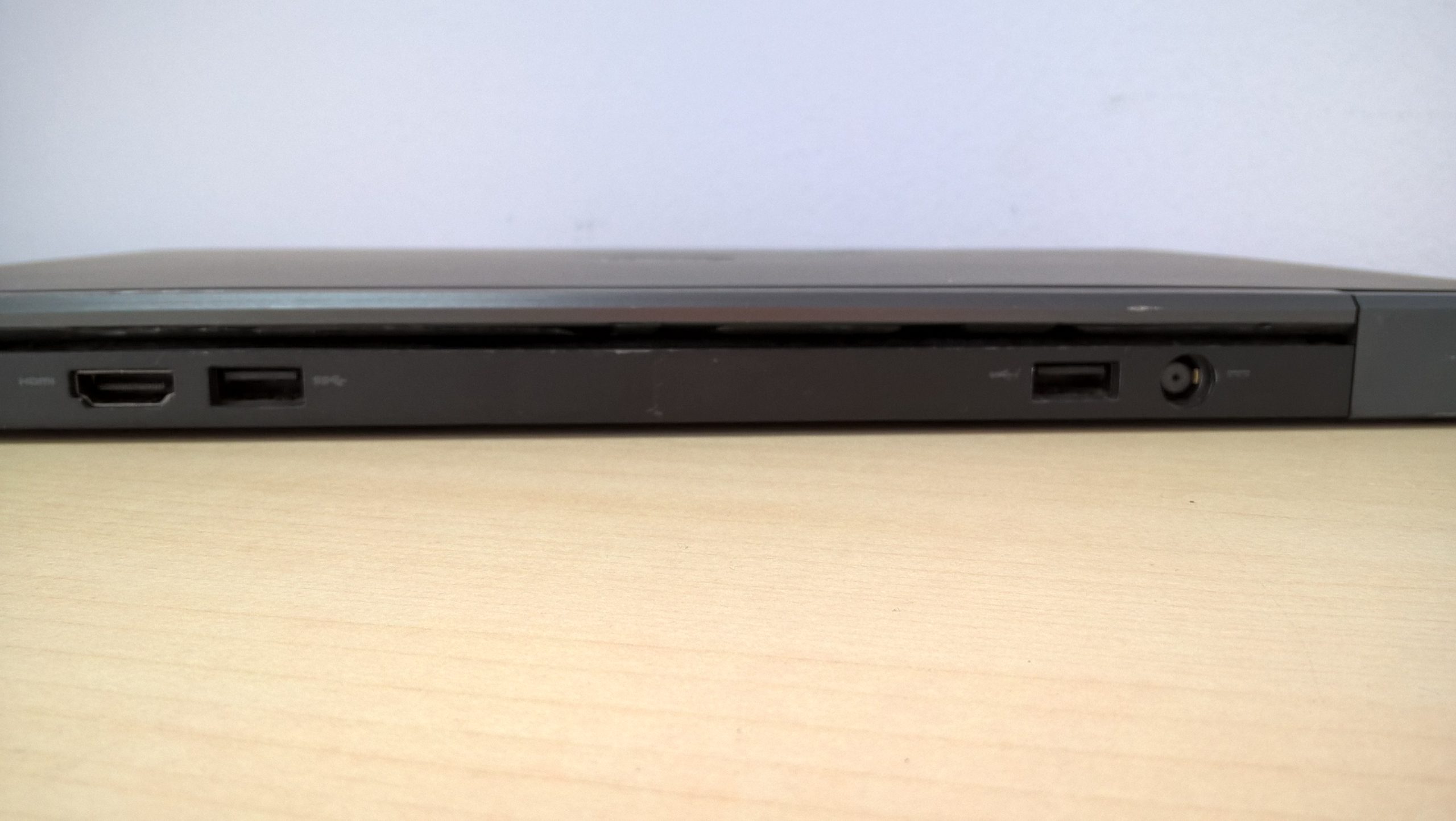Is Your ISP Throttling Your Internet? Here’s How to Find Out.
Experiencing inconsistent internet speeds can be incredibly frustrating, especially when you’re paying for a premium service. Many users, like yourself, wonder if their Internet Service Provider (ISP) might be intentionally restricting their bandwidth on certain websites while allowing for optimal speeds on speed test platforms. If you’ve noticed your connection fluctuating wildly, it’s essential to determine if throttling is occurring and what you can do about it.
Understanding the Speeds You’re Experiencing
For some time, I’ve observed my internet connection fluctuating between 200KB/s and 1MB/s, with an average speed of around 400-500KB/s. Strikingly, whenever I access a speed test website—regardless of whether I run the test multiple times in quick succession—I consistently achieve the advertised speed of 10 Mbps. This begs the question: why do my everyday activities suffer while testing tools show robust performance?
This phenomenon first raised my suspicions during a call to tech support regarding an unrelated issue. When asked to perform a speed test, my previously lagging download miraculously spiked to approximately 18 Mbps the instant I indicated readiness. As soon as the test concluded, the speeds returned to their erratic behavior. While I understand that ISPs typically regulate bandwidth to avoid exceeding allocated limits, the drastic difference in speeds leads me to question whether there’s more at play.
The Impact of Upgrades
What’s even more perplexing is my experience when upgrading to higher speed plans. After the upgrade, the same erratic patterns continued, only now, they were aligned with my new speed tier. Is this merely a coincidence, or another indication that throttling is an ongoing issue?
Verifying Throttling
If you suspect your ISP is throttling certain websites or online activities, here are some steps you can take to gather evidence:
-
Perform Multiple Tests: Run speed tests at different times of the day to establish a pattern. Use reputable speed test services to ensure consistency in your results.
-
Monitor Specific Sites: Keep track of upload and download speeds while accessing various websites, particularly those not used for speed testing. You might consider using a network monitoring tool to assist with this.
-
Use a VPN: A virtual private network (VPN) can sometimes bypass throttling by encrypting your internet traffic, making it more challenging for your ISP to selectively limit
Share this content:

